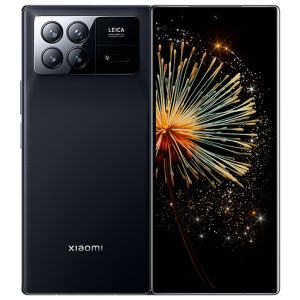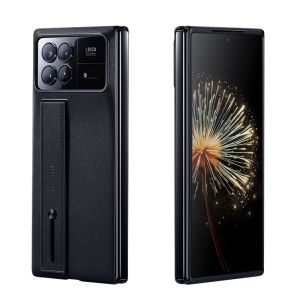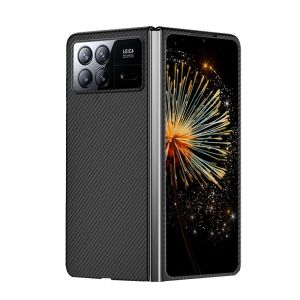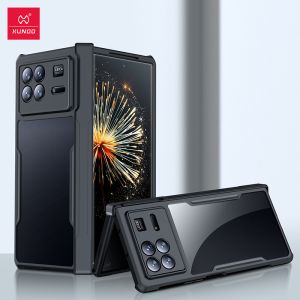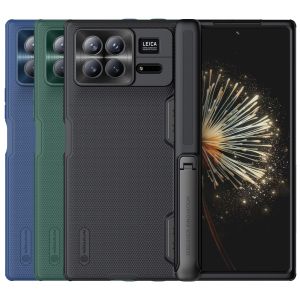Last August, we ushered in the refreshingly new Xiaomi MIX Fold 2, which led a wave of Chinese folding flagships thin and light with its thin and light posture.
However, a year later, the Xiaomi MIX Fold 3 surprisingly did not continue to "roll" thin body, but made a 180 ° turn, began to try to stack materials to create a better experience. So is it really flagship enough for this "flagship experience"? Let's take a look.
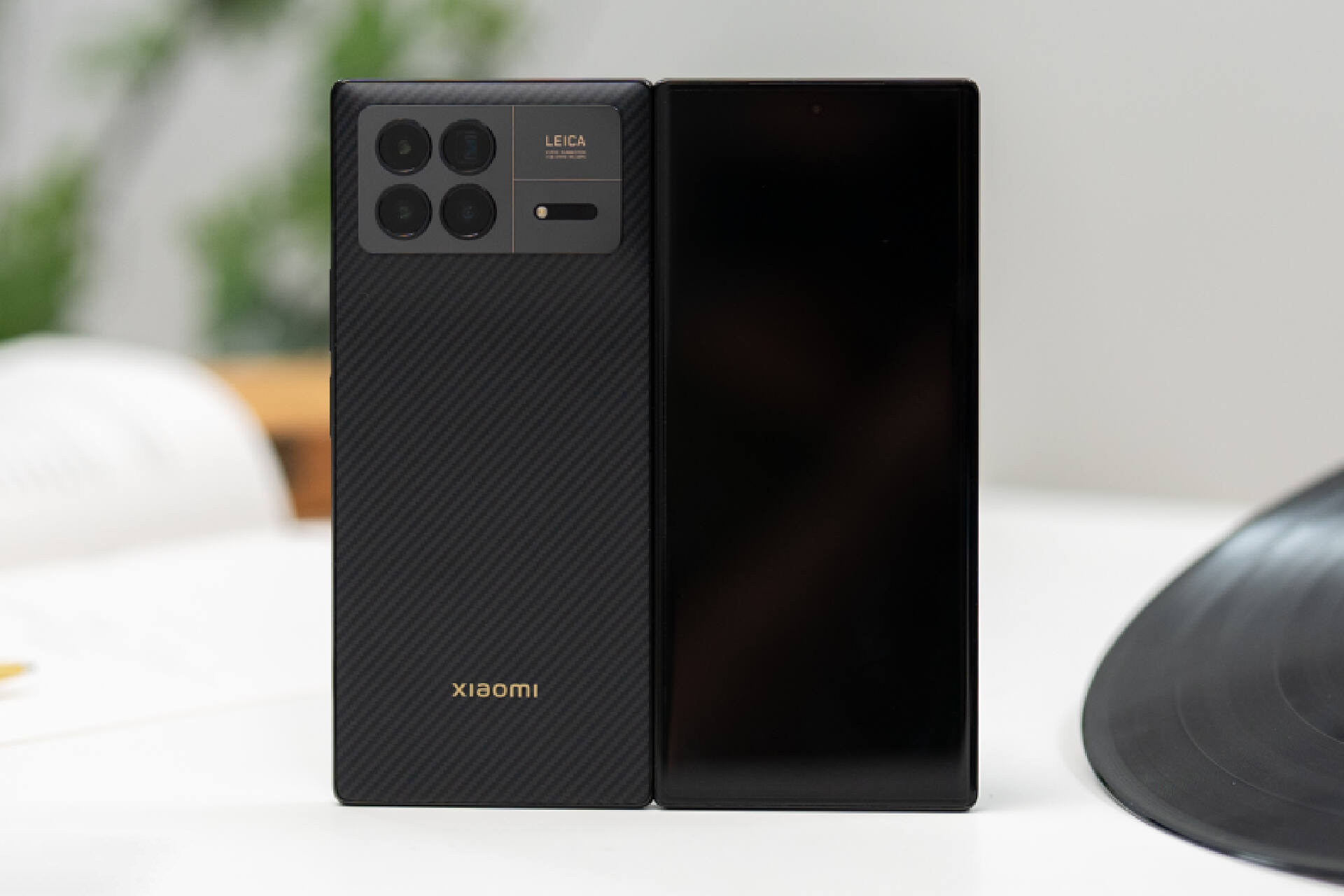
New materials and new attempts, the appearance of more texture
In the appearance design part, Xiaomi MIX Fold 3 adopts a lot of new elements, in the original layout without much change on the interpretation of a different sense of view, such as the image module around the curved surface of the bulge, and the decorative surface is an attempt to try the ceramic material, a sense of sophistication, and a higher degree of recognition.
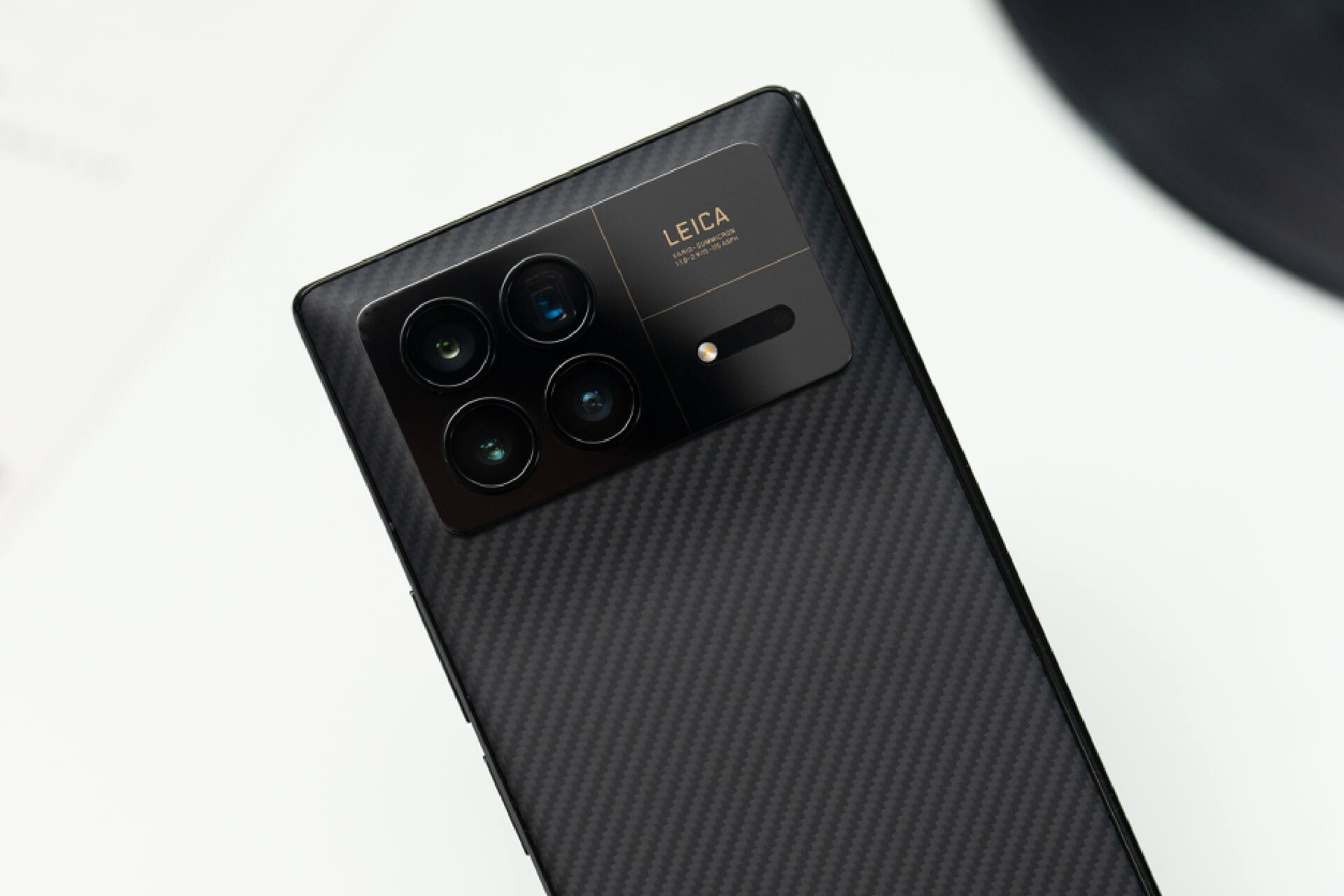
What we received this time is still the Dragon Scale Fiber Edition colorway. Aramid fiber, which we usually have to see on phone cases, now comes to this foldable flagship, which manages to combine strength, lightness and texture, and also gives the Xiaomi Mi MIX Fold 3 a bit of a different touch.
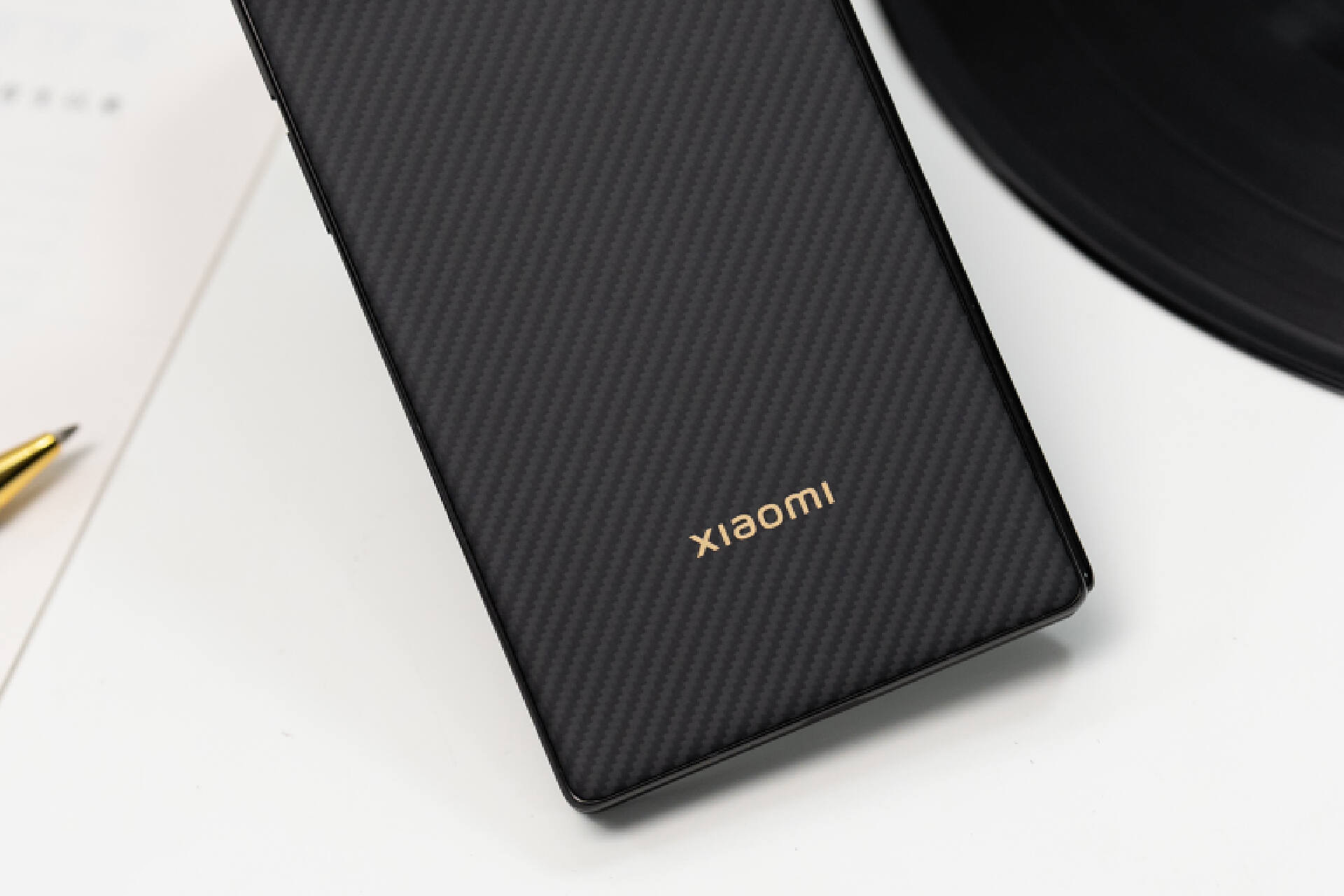
The Dragon Scale Fiber version also has a brushed design straight edge on the center frame, a design that gives it a better hair-trigger structure compared to its predecessor and makes it a bit more reassuring when unfolded, although this straight edge can be slightly chintzy when paired with the slim body. The hinge part of the cover also did some processing, the center has a gold edge, the overall feel is also very rounded, these small details also make the body has a further texture, indeed, also to millet want to create a "non-folding" flagship texture one step closer.
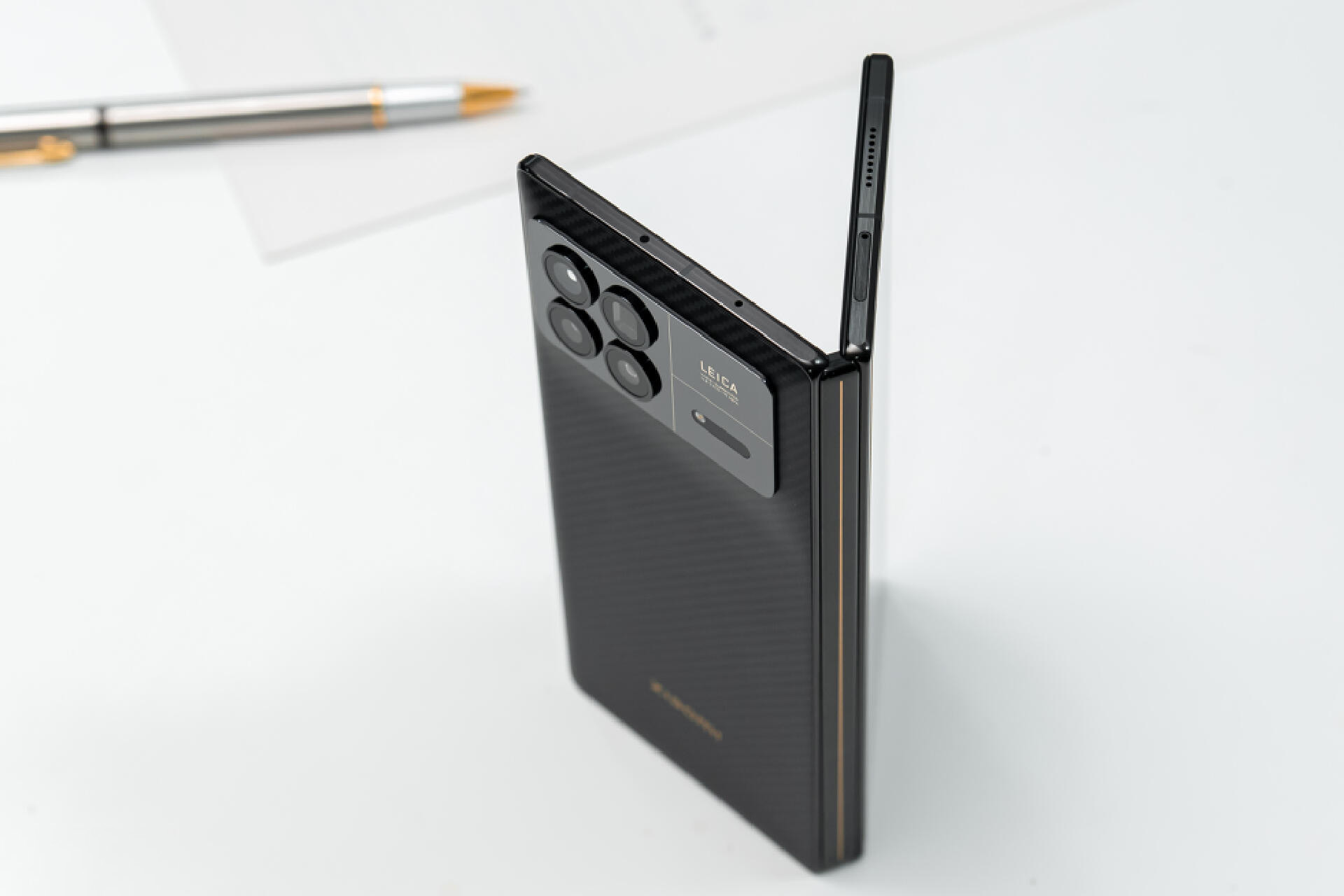
New keel hinge, more durable and comprehensive
At this point, we can finally explore some interesting differences. In terms of hinges, the Xiaomi MIX Fold series has gone through a change from more to less to more, with the MIX Fold 2 relying on an integrated design to reduce the number of parts to 87, and the keel pivot on the MIX Fold 3 bringing the number to 198.
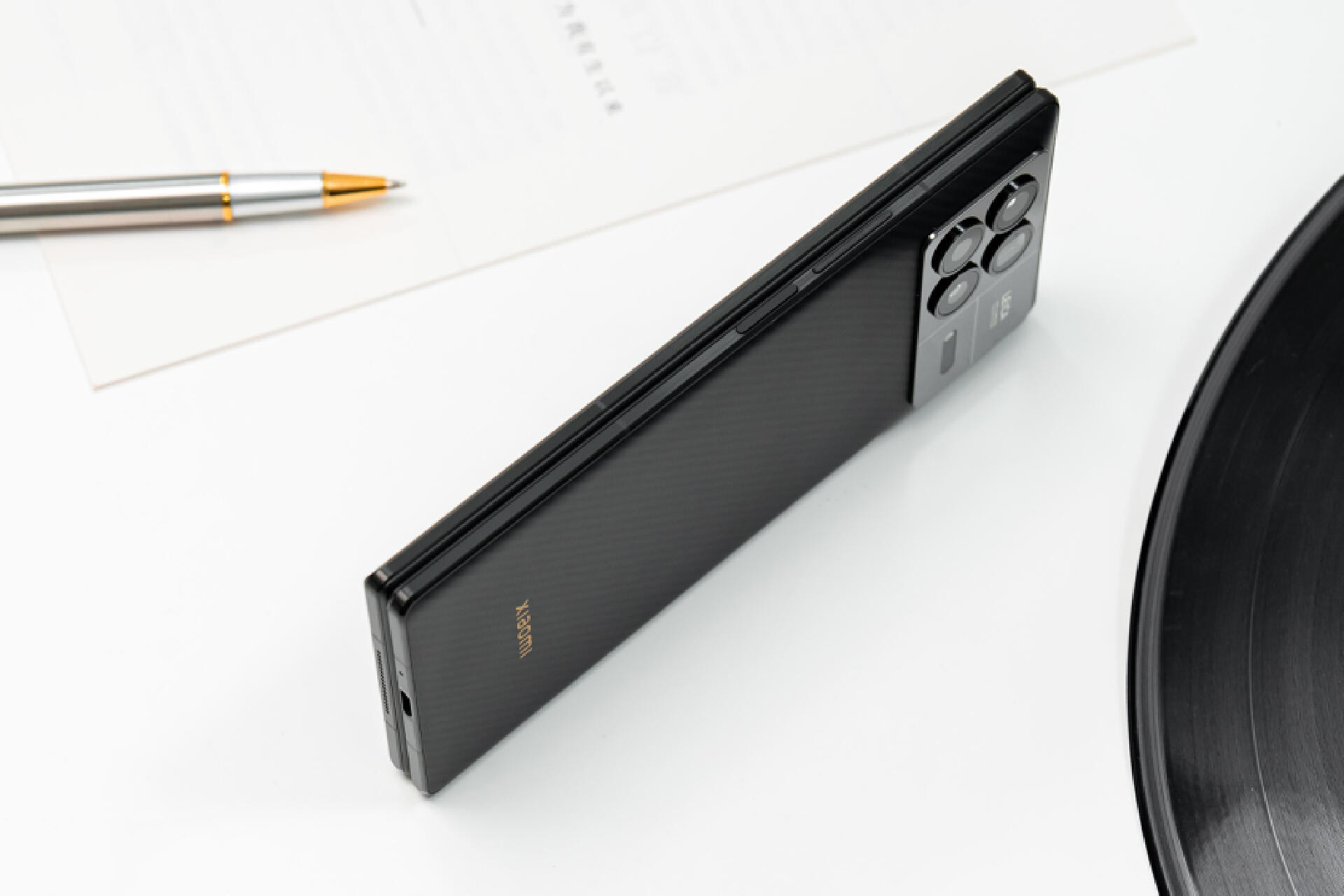
So does the number of parts really mean that much? I think it comes down to the term "spiral". In the past, it made perfect sense to condense the number of parts to bring durability and a lighter body structure in an integrated form, and as technology evolved, the Xiaomi MIX Fold 3 builds on past developments by increasing the number of parts, making the pivot more durable, and finally bringing in the hover function.
This is just like the clock hand has turned a full circle, it seems to return to the original point, but time has always gone forward. In the end, the number of parts itself is not important to consumers, but what kind of experience is realized should be the focus of our attention.
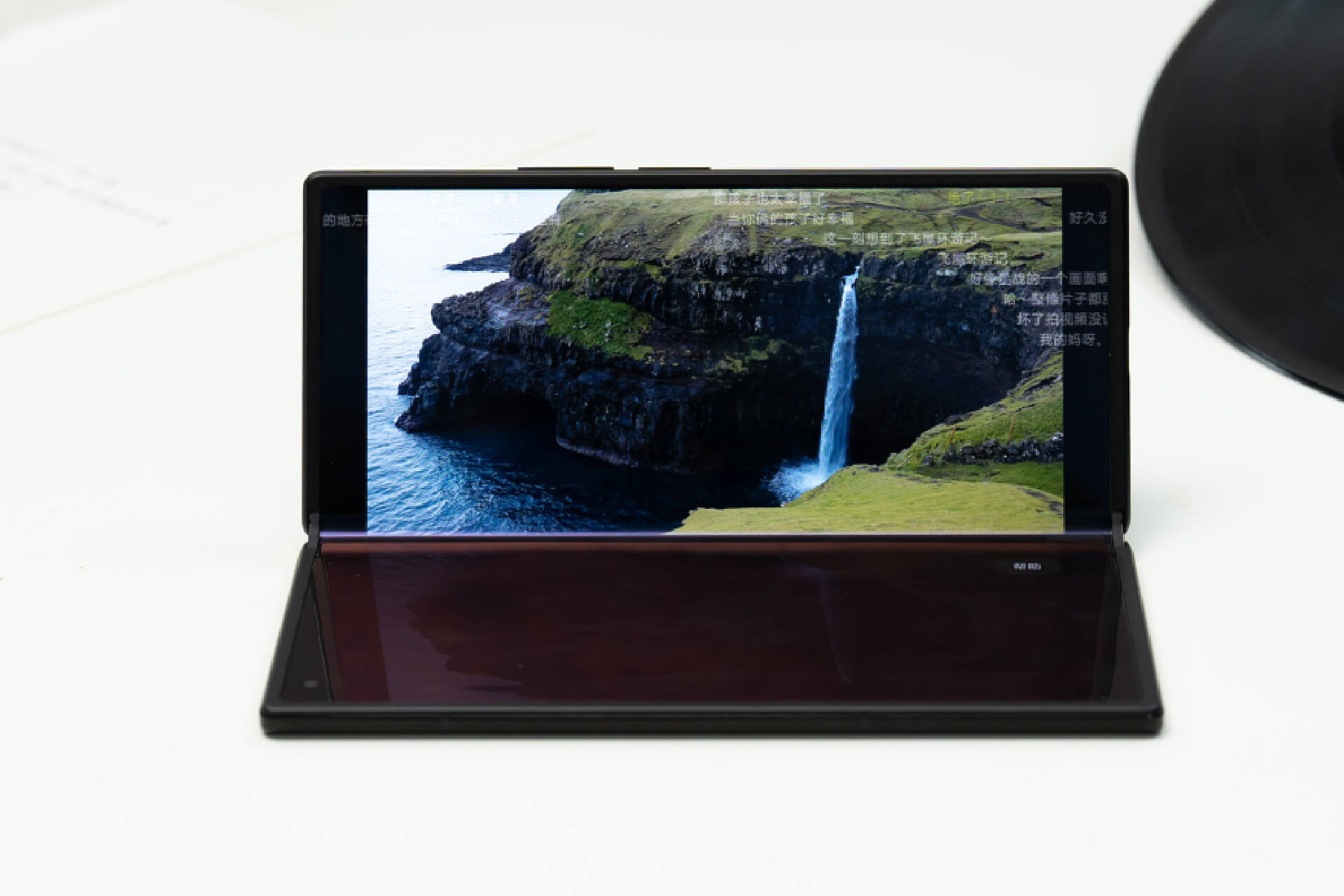
Xiaomi MIX Fold 3 currently supports the hover experience is still relatively complete, there are corresponding film and video and image hover function, the inner screen has also increased the front camera, can support the use of large screen video conferencing. Its hovering feel is also quite good, especially in the 90 ° to 135 ° section is quite solid, the performance is not like the first time to do hovering.
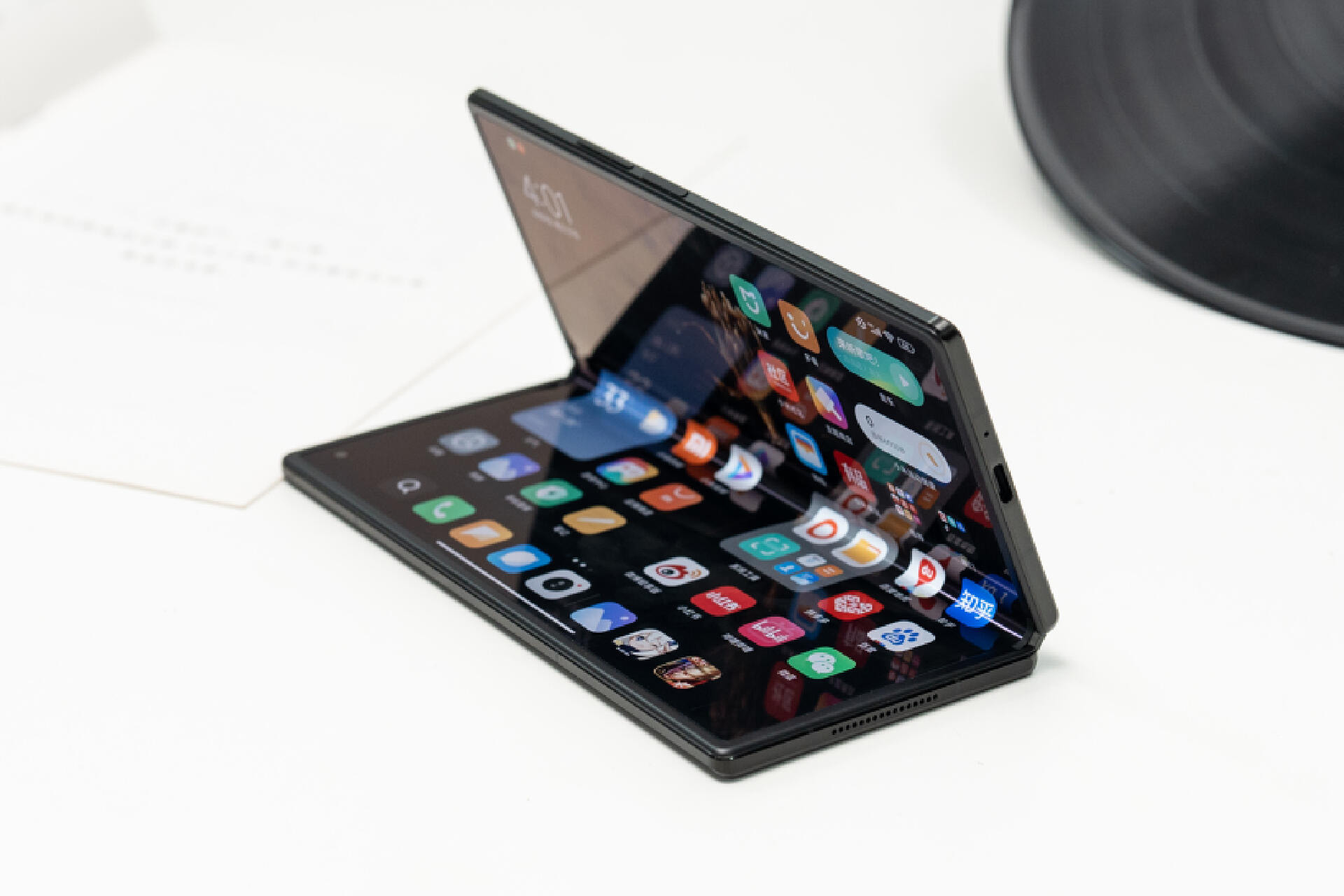
Incidentally, the Xiaomi MIX Fold 3 is not without progress in terms of weight, if we are only talking about the leather glass version, the official weight is actually 10g lighter, from 269g to 259g, and the lightest version of the Dragon Scale Fiber version is only 255g, although it is not as revolutionary as the previous generation of the weight reduction, but the feel of the hand from the straight plate machine is really not too far away.
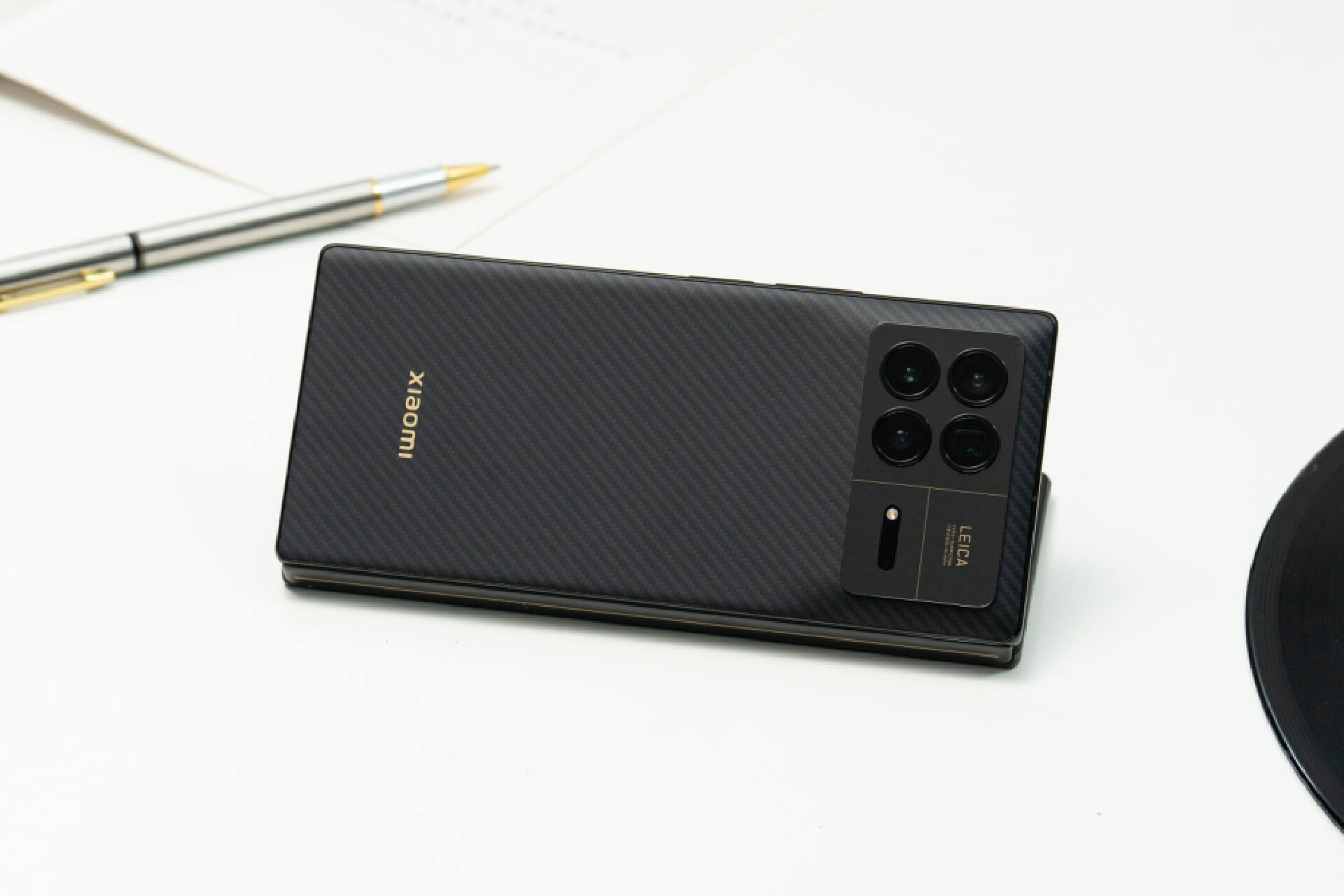
Still good performance
In terms of performance, the Xiaomi MIX Fold 3 itself doesn't really have much to surprise us - after all, with a second-generation Snapdragon 8 mobile platform + excellent scheduling + a folding screen body, it certainly doesn't disappoint.
Let's just look at a brief summary of the data. In AnTuTu (V10), it can easily run a score of 1.54 million, which is the regular second-generation Snapdragon 8 performance level.
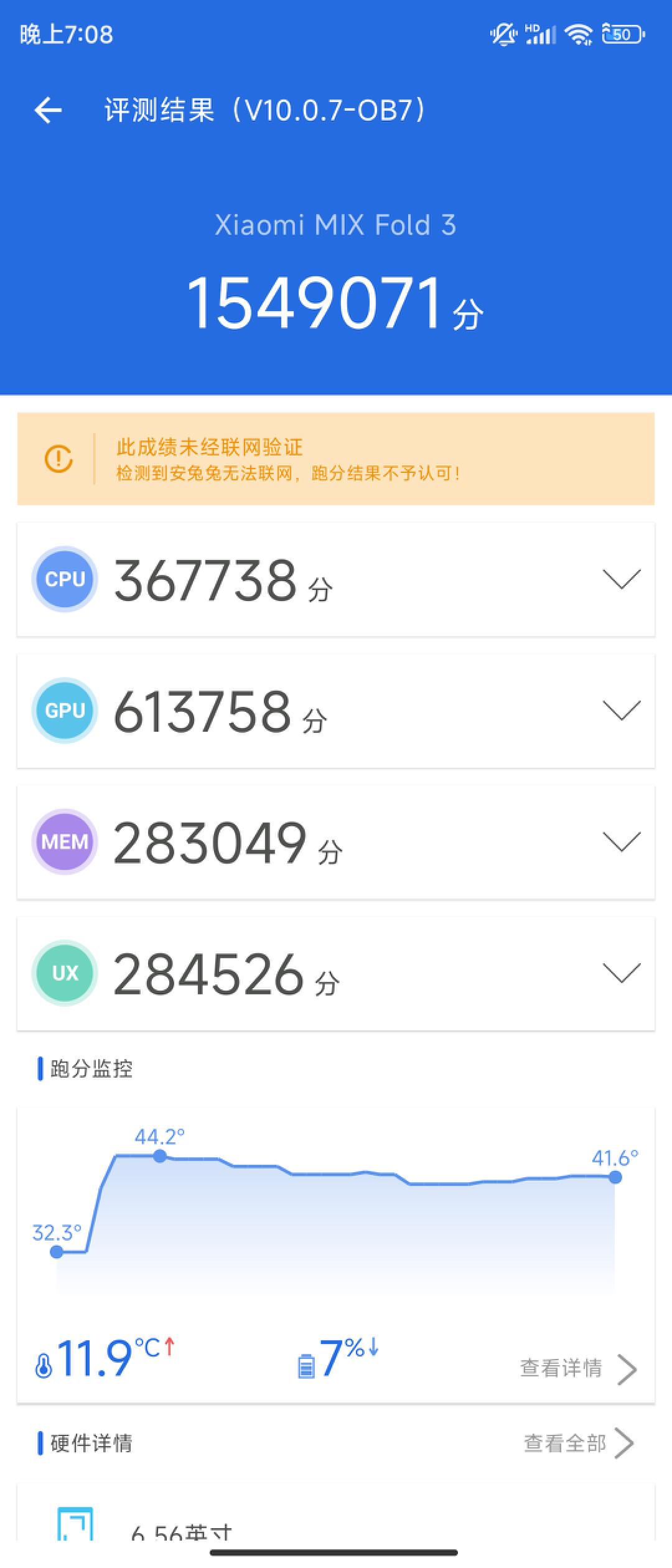
It also delivers pretty good performance in the half-hour ProtoGods Sudoku test scenario, with an average frame rate of 54.8 frames, before the frame rate starts to drop and fluctuate more noticeably in the second third of the half-hour. These results also echo the scores, which are the norm for second-generation Snapdragon 8 flagships.
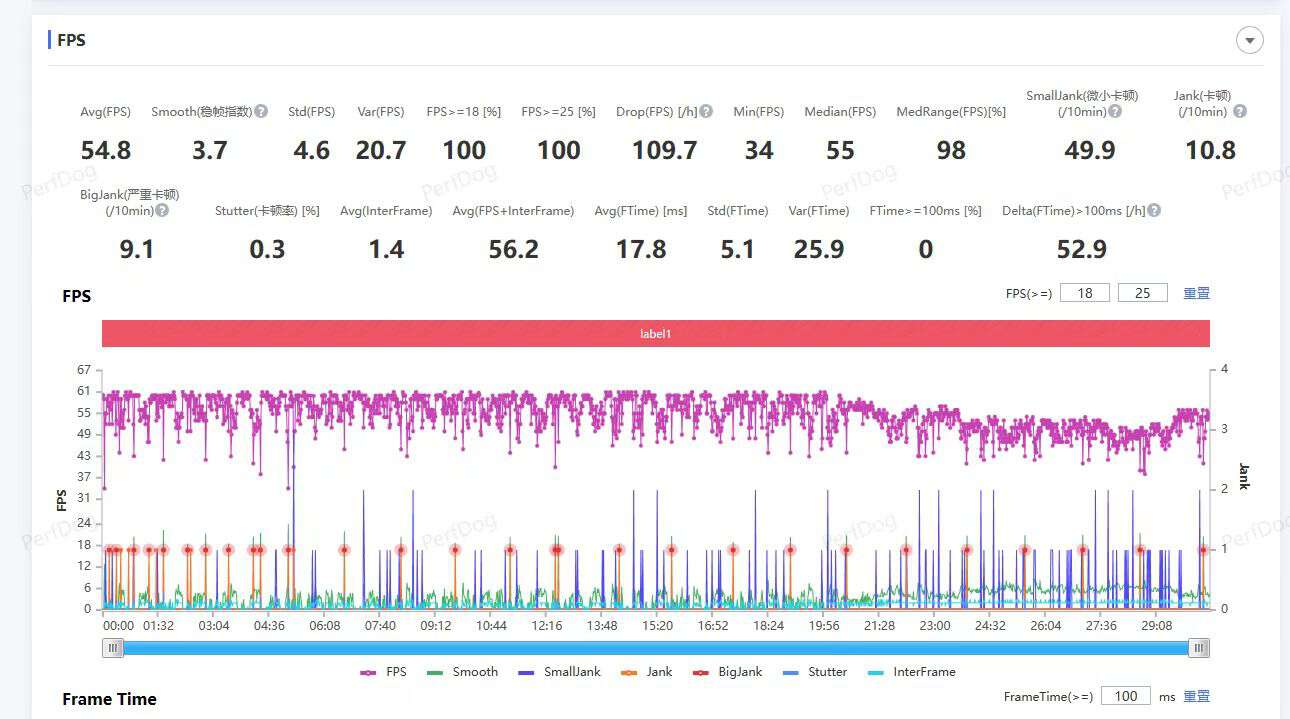
Full-focus Leica Quad Camera, imaging prowess vs. straight panels
It's no exaggeration to say that the Xiaomi MIX Fold 3 is currently one of the most image-focused folding flagships of the year. Its image module is not only full of texture, but also has a very good configuration of all focal lengths, consisting of 15mm ultra-wide angle + 23mm wide angle + 75mm portrait + 115mm periscope telephoto (all equivalent focal lengths), all of which are ultra-thin and ultra-slim Leica Summicron lenses; corresponding to the sensors are 12, 50, 10, and 10 megapixels, respectively, the image performance is still worth looking forward to. The image performance is still worth looking forward to.
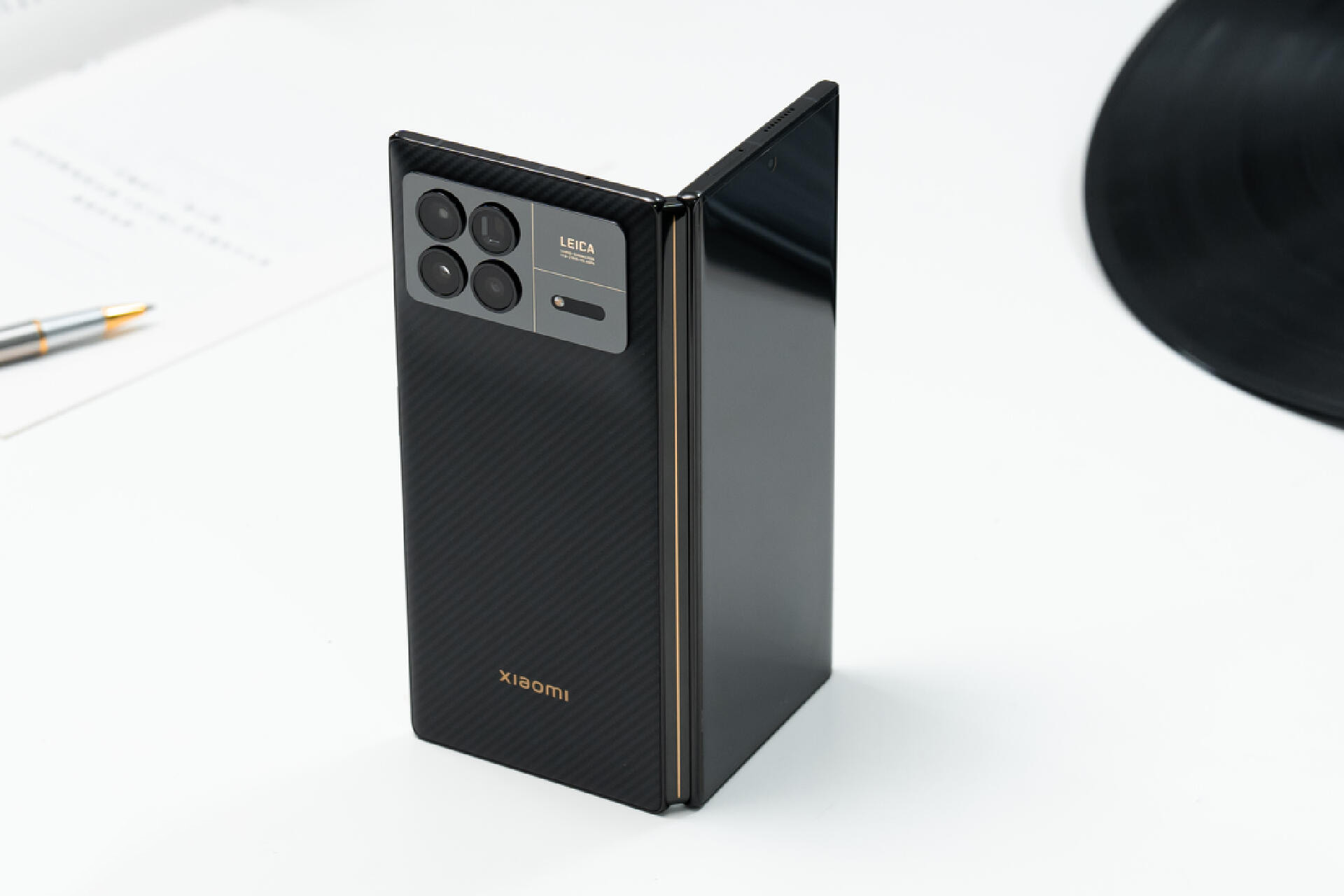
In daytime scenes, the imaging effect of Xiaomi MIX Fold 3 has a strong correlation with the image part. Judging from the sample photos, the style of all four sensors is very consistent, although the ultra-wide-angle part will appear brighter overall because of the different exposure ranges. With the classic Leica image quality, I think this image performance is still very good, in line with Xiaomi's current style strategy in imaging, and the image quality performance in daytime conditions is quite capable.
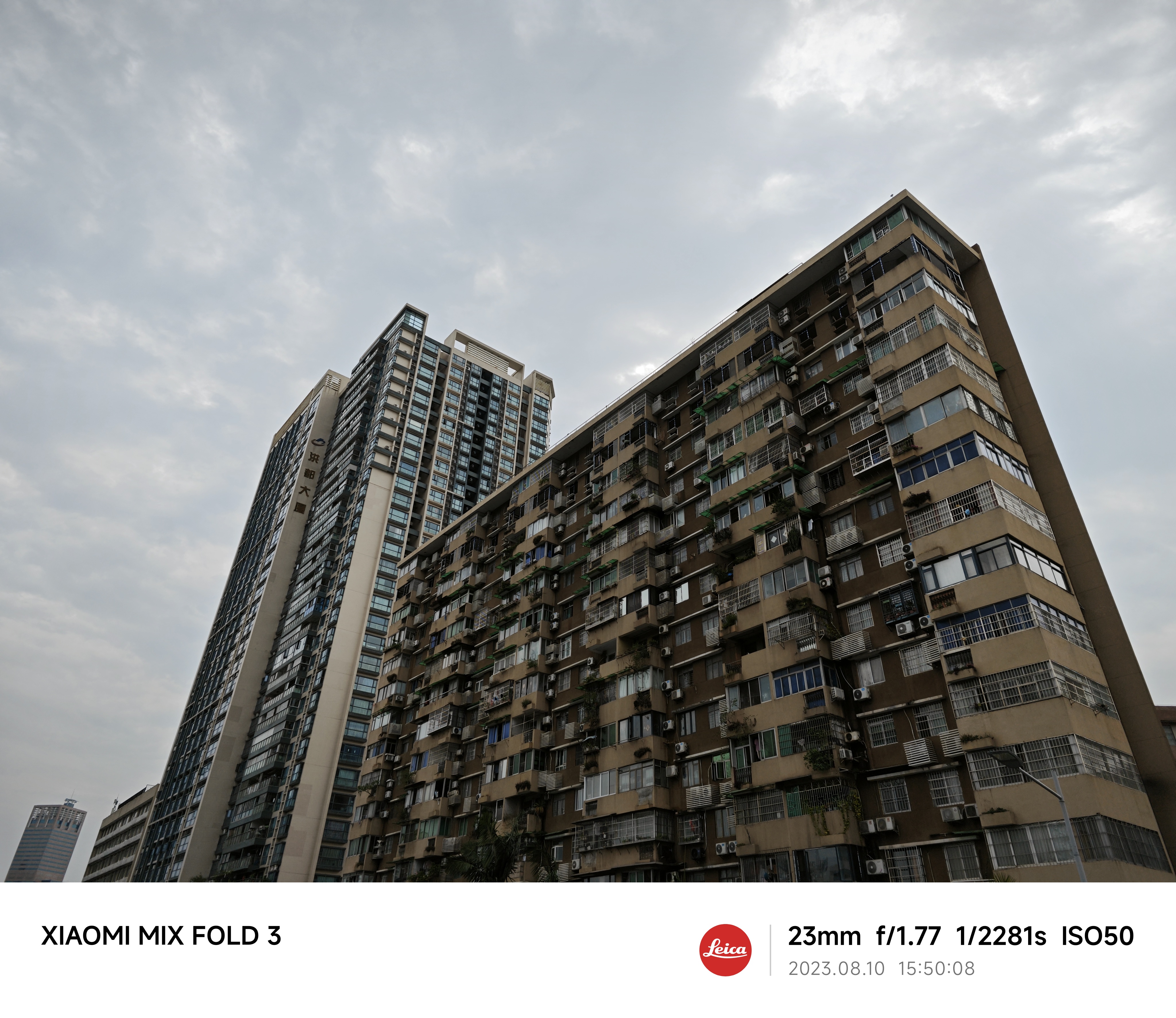
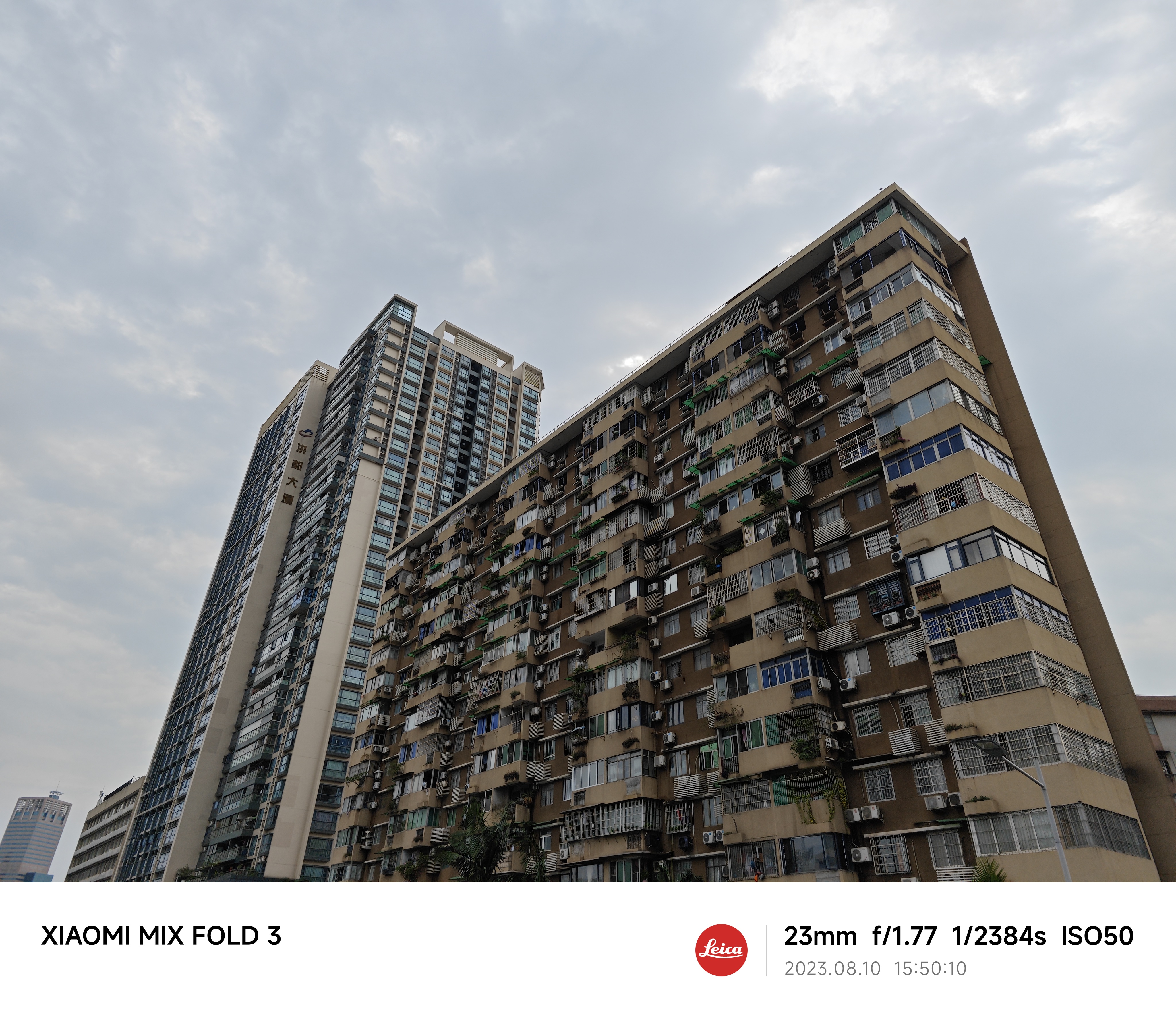
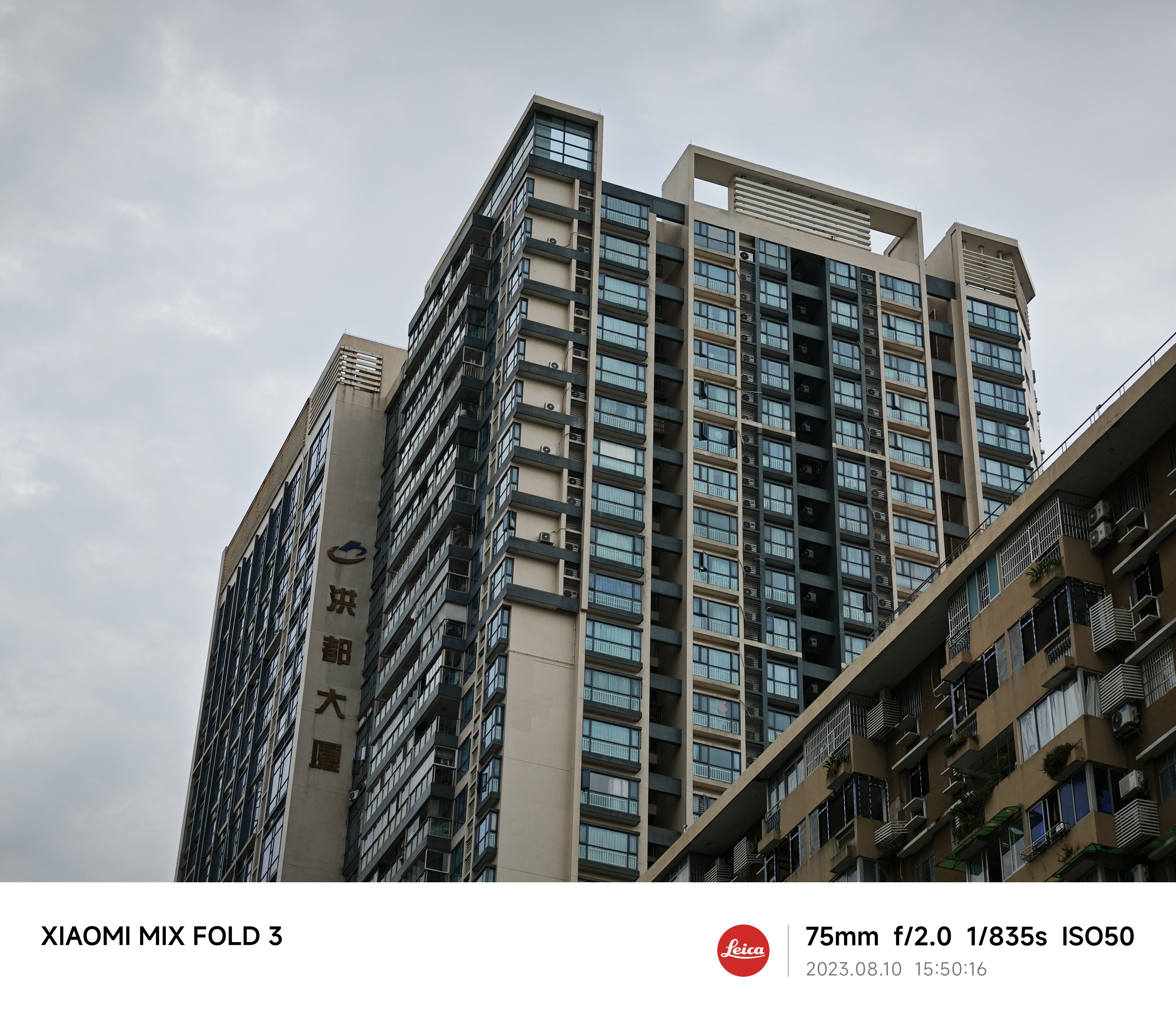
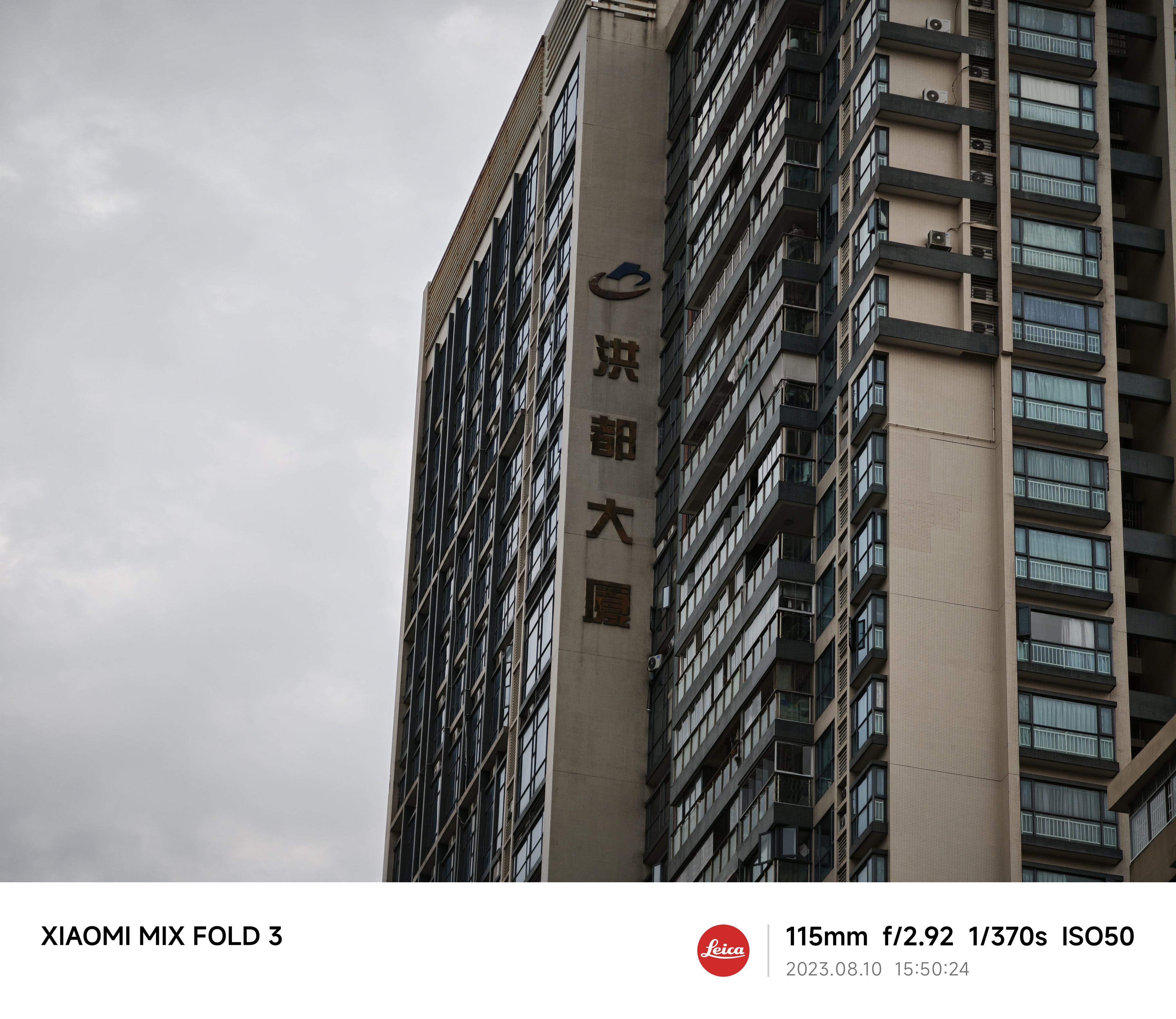
When it comes to night scenes, the performance of the Xiaomi MIX Fold 3 is not so bright, only the main camera still maintains a relatively good image quality, the three secondary cameras are limited by the level of hardware, there is a certain gap between the image quality and the daytime, the phenomenon of smearing will be more obvious. Of course, even so, the night scene performance of this module can still reach the middle of the flagship level, just with those who focus on the image of the flagship has some gap.
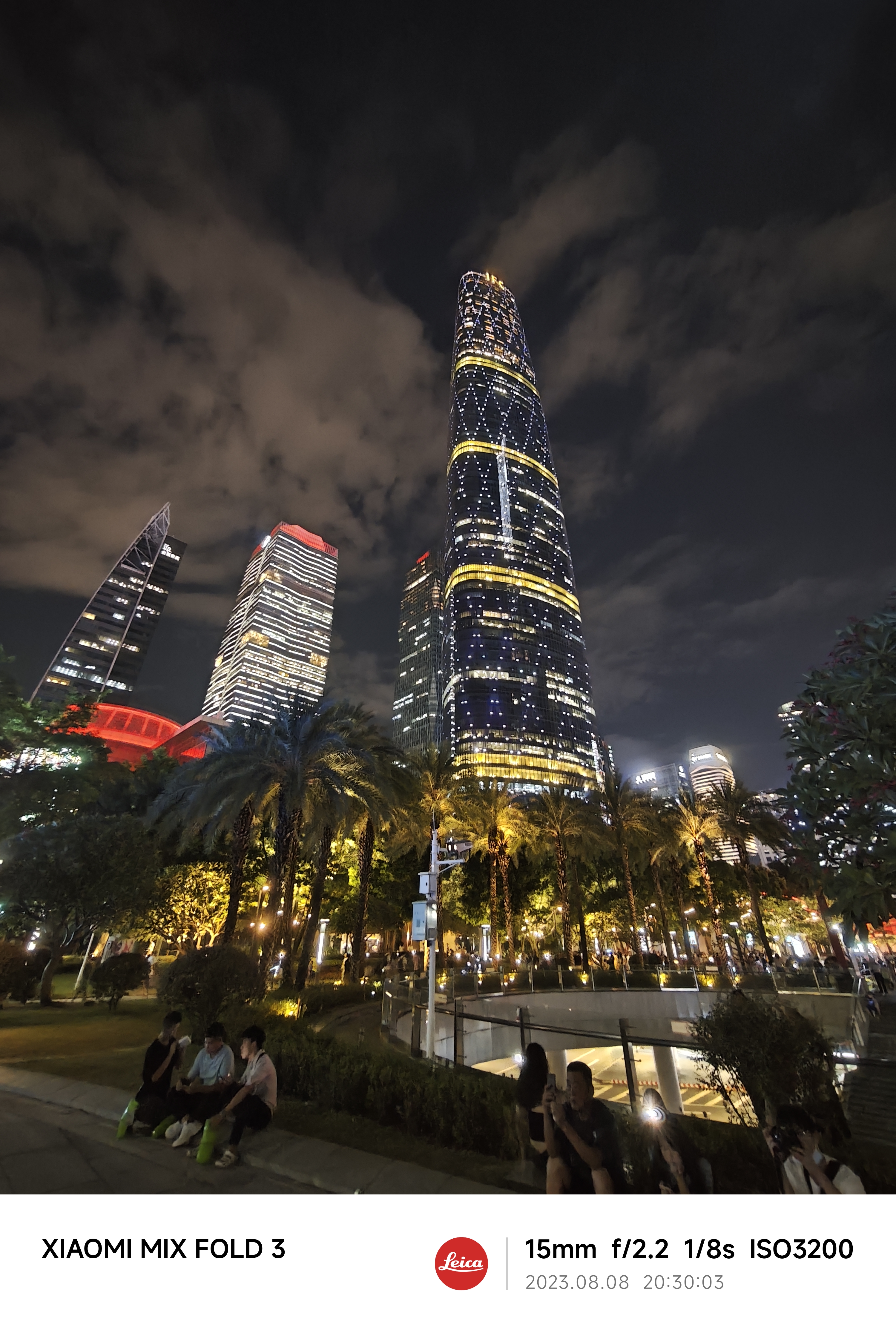
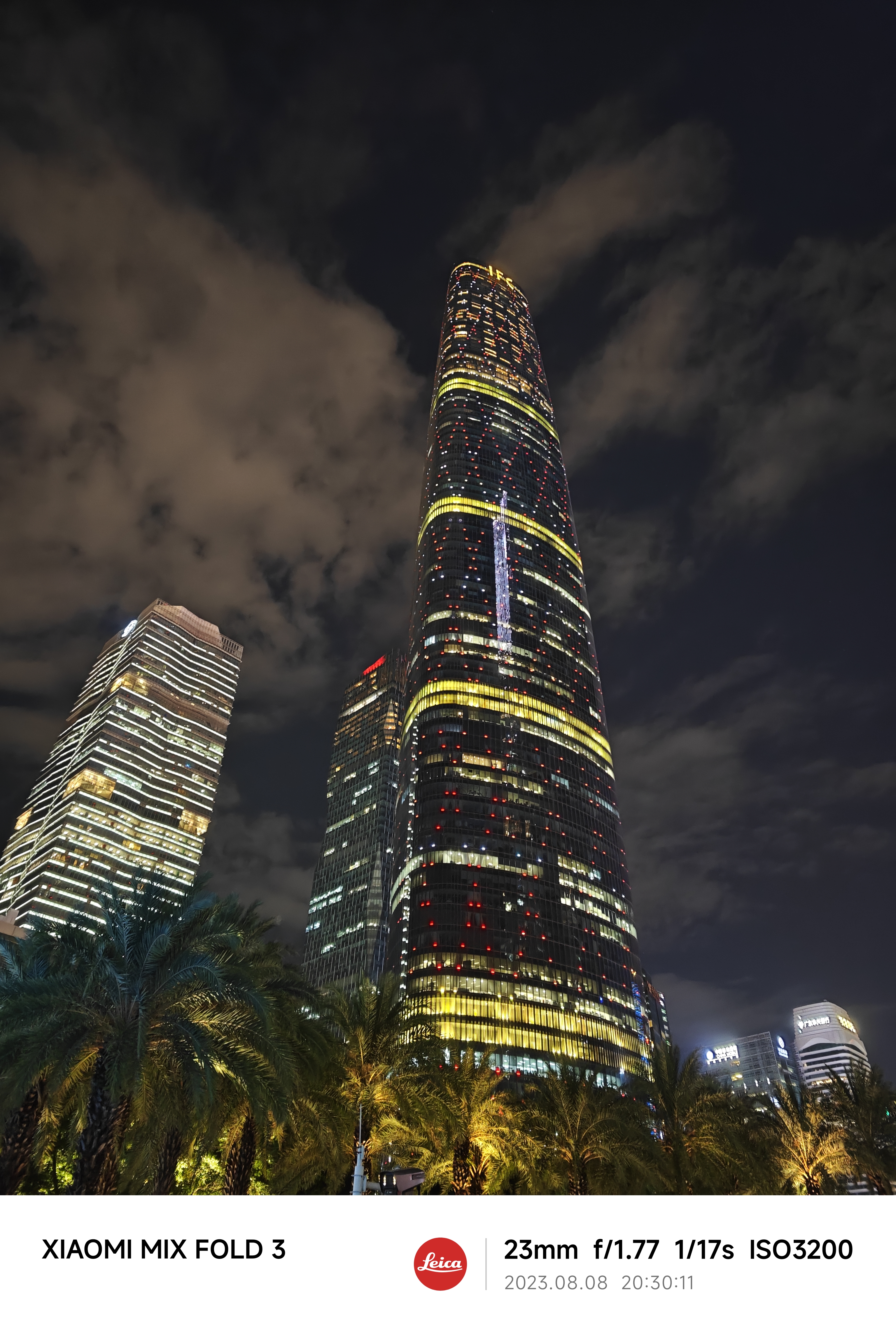
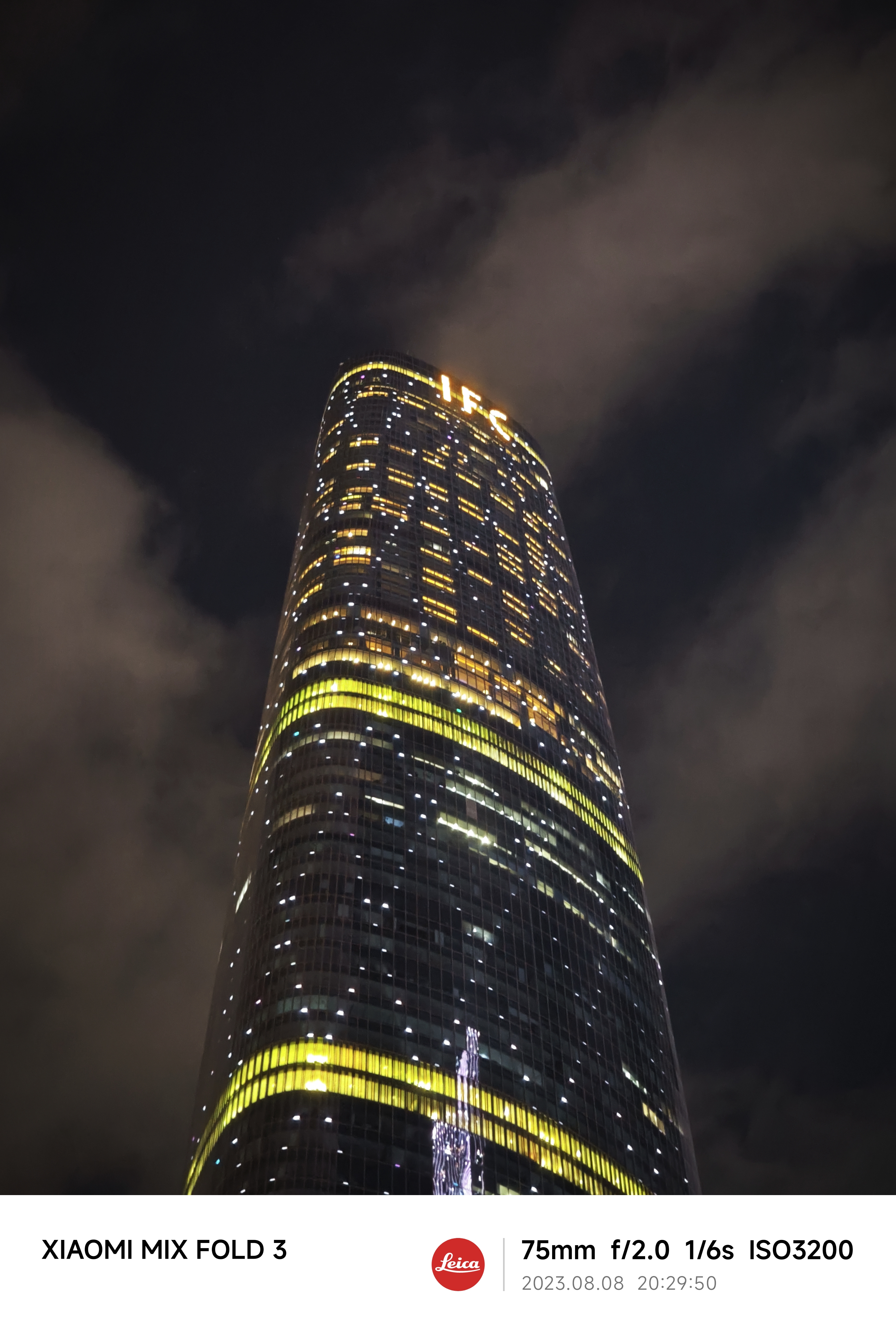
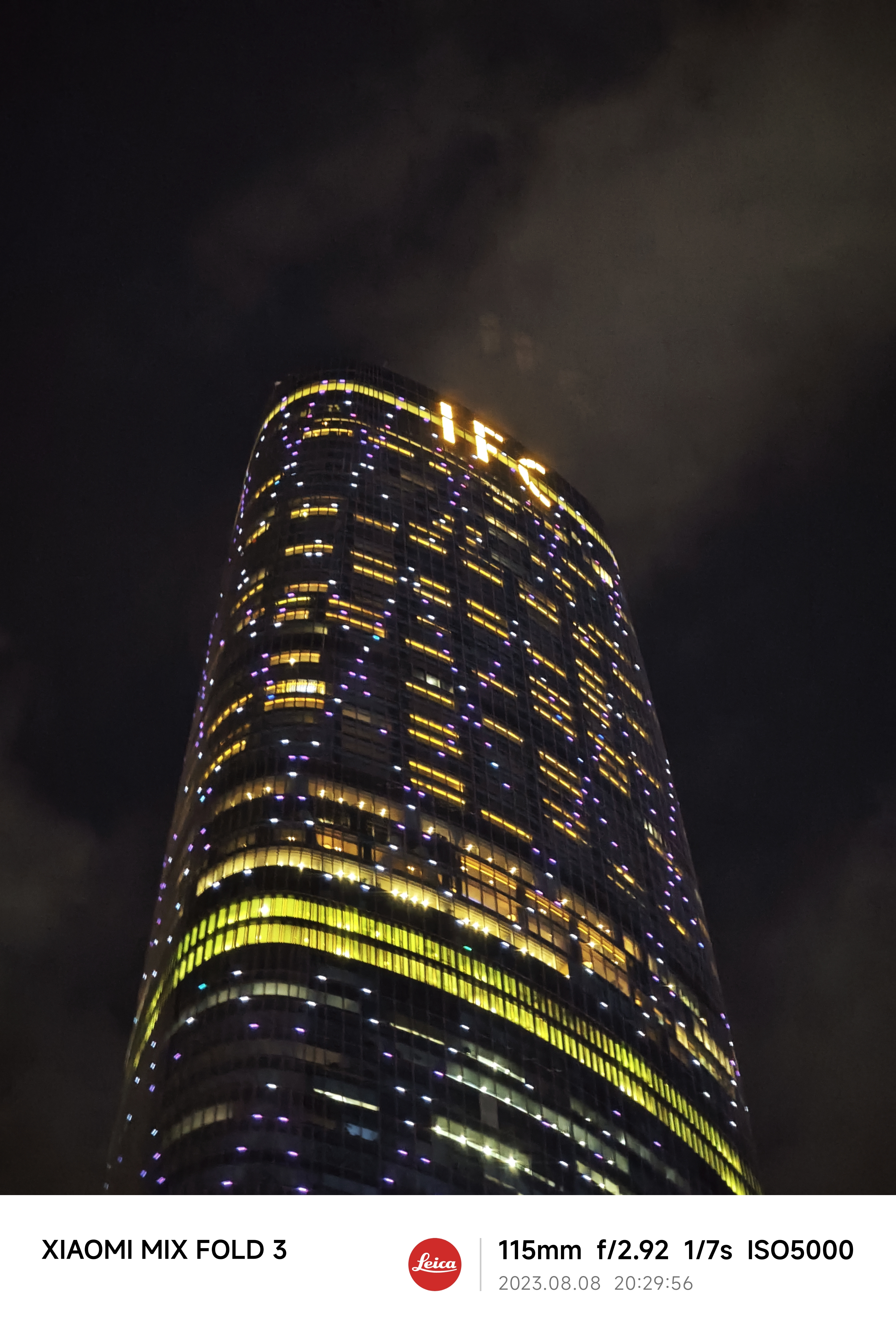
Another interesting part is that the Xiaomi MIX Fold 3 also implements the macro function of the periscope telephoto lens this time. Its closest focusing distance can reach 30cm, and with a 115mm equivalent focal length and the module's light-through aperture design, it not only allows for close-ups of some details, but the light spot behind it is also very interesting, and provides a strange creative angle.
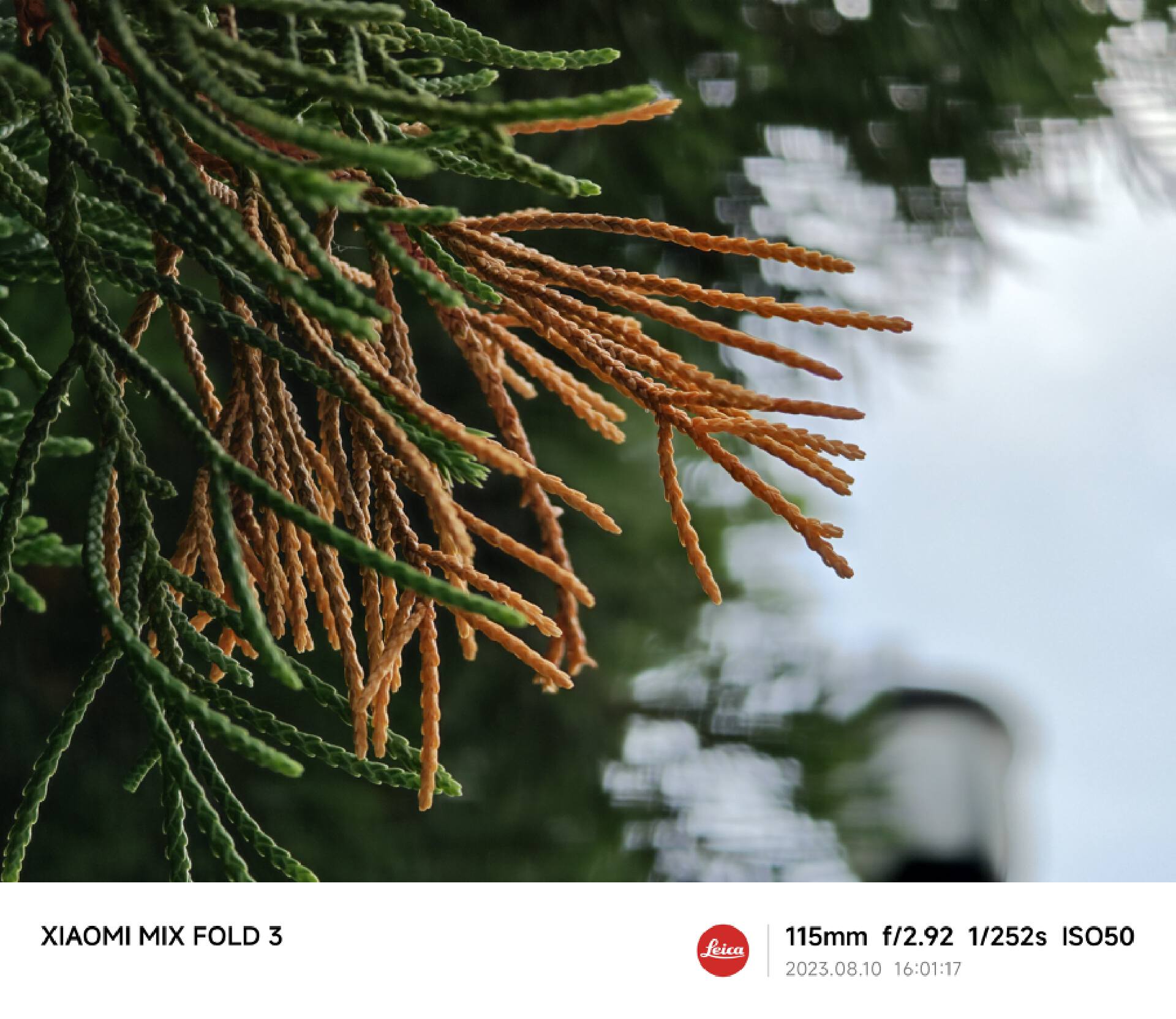
When evaluating the image performance of the Xiaomi MIX Fold 3, I would feel slightly conflicted about both myself and this phone. On the one hand, we can realize that this is a relatively thin and light folding screen phone, no matter how hard we try, there is only limited space to play, so we can seriously recognize its image strength as a folding screen - we can even call it the highest point of the current folding screen image.
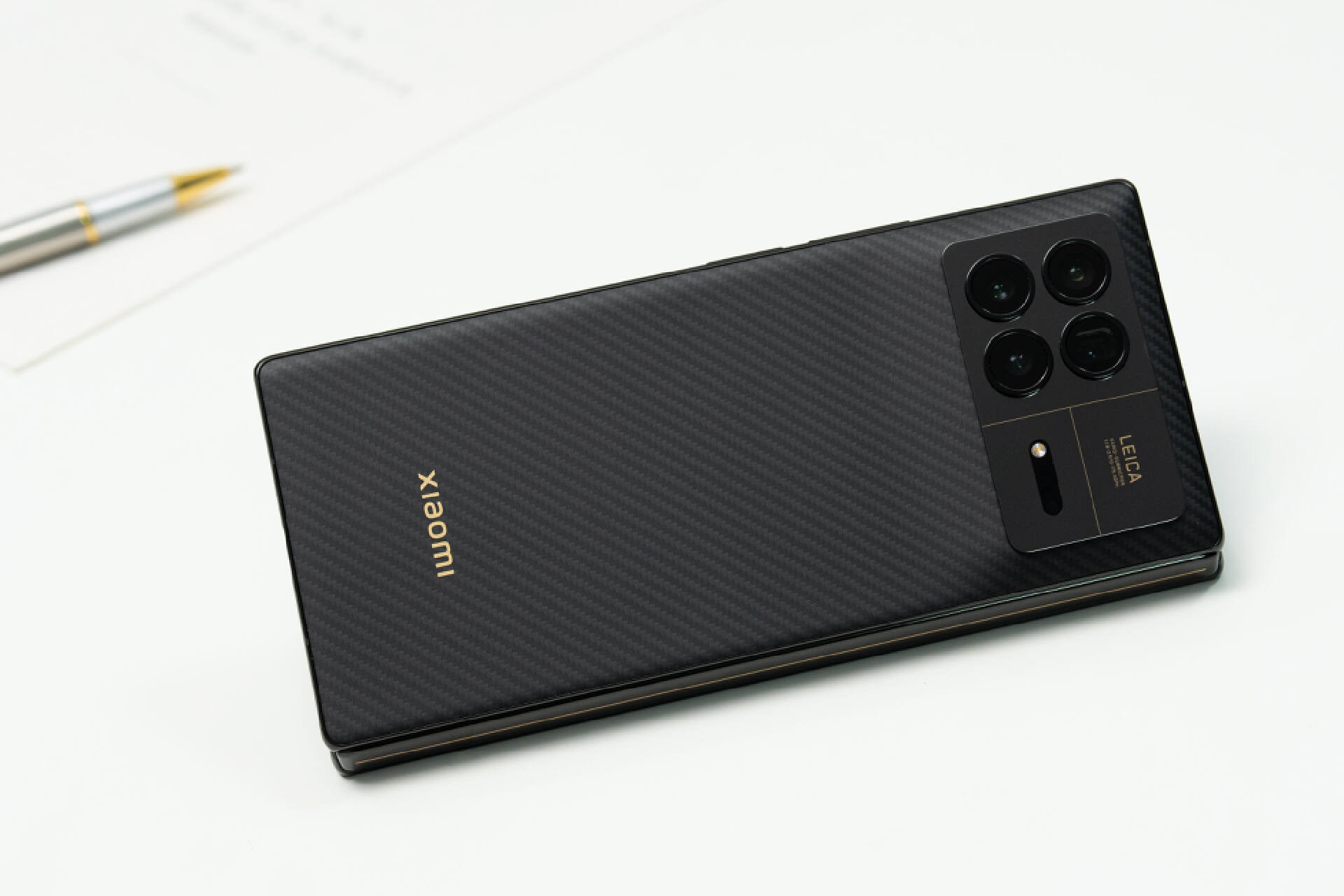
But on the other hand, if we insist on comparing it with straight image flagships, we can indeed also find that they have a sizable distance, and a one-inch image module has almost no possibility of being put into a thin and light folding screen, and we can almost predict that this gap will not disappear in the future. But regardless of that, we still need to recognize the idea of the Xiaomi MIX Fold 3, after all, it really does "take care of both", not sacrifice.
Battery life with some improvements
In terms of battery life, Xiaomi MIX Fold 3's battery configuration has also increased slightly to 4800mAh, the actual test of its battery life performance is also quite good, whether in the face of video or games, have a relatively abundant endurance, compared with the previous generation has a fairly significant improvement.
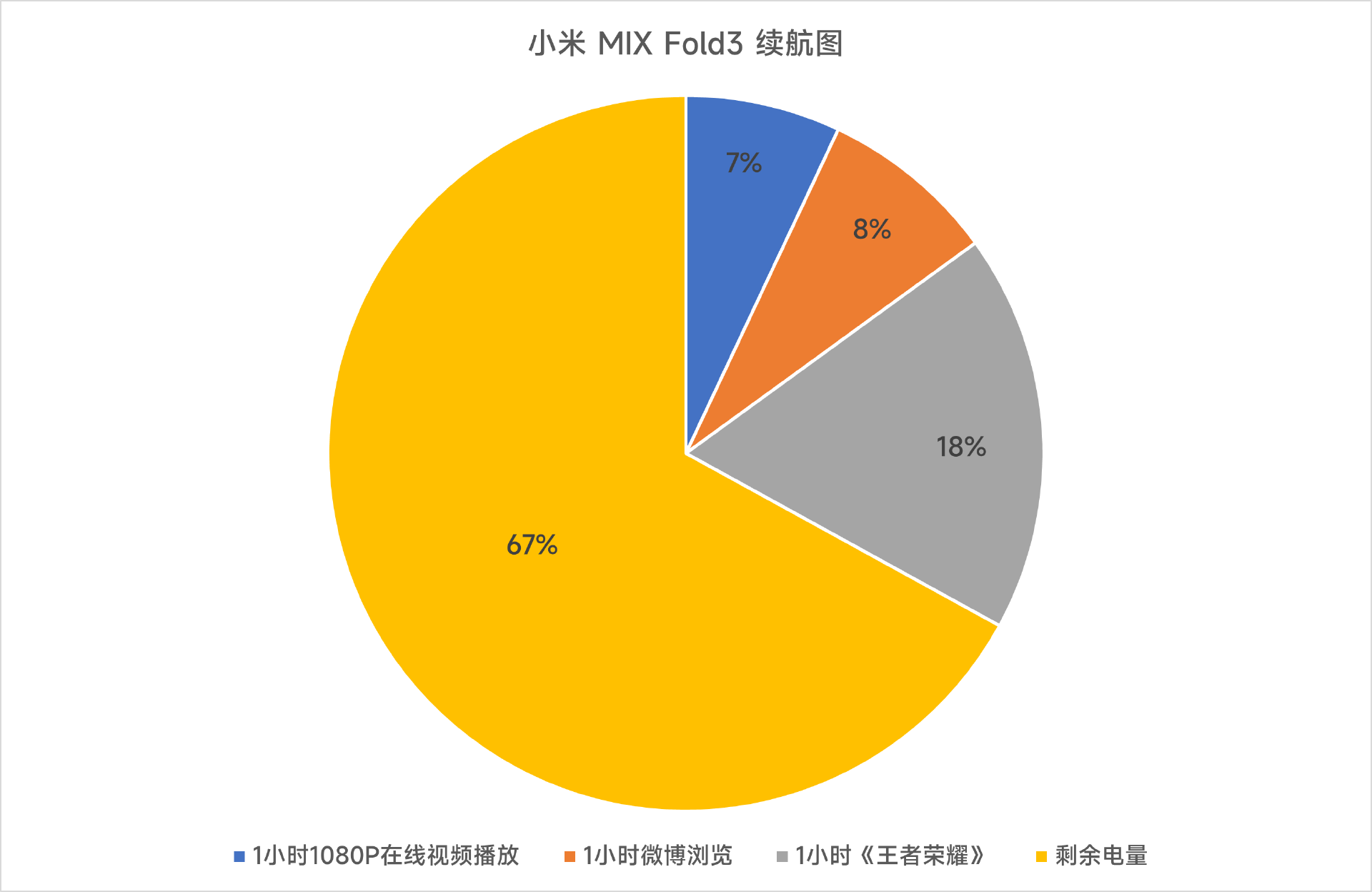
There's good news and bad news on the fast charging front, with the good news being that it supports 50W wireless charging this time around, and the bad news being that wired fast charging is still 67 W. Of course, wired charging isn't really that slow, and we've measured it charging to 100% in less than 46 minutes, which is pretty much par for the course for a 67W device.
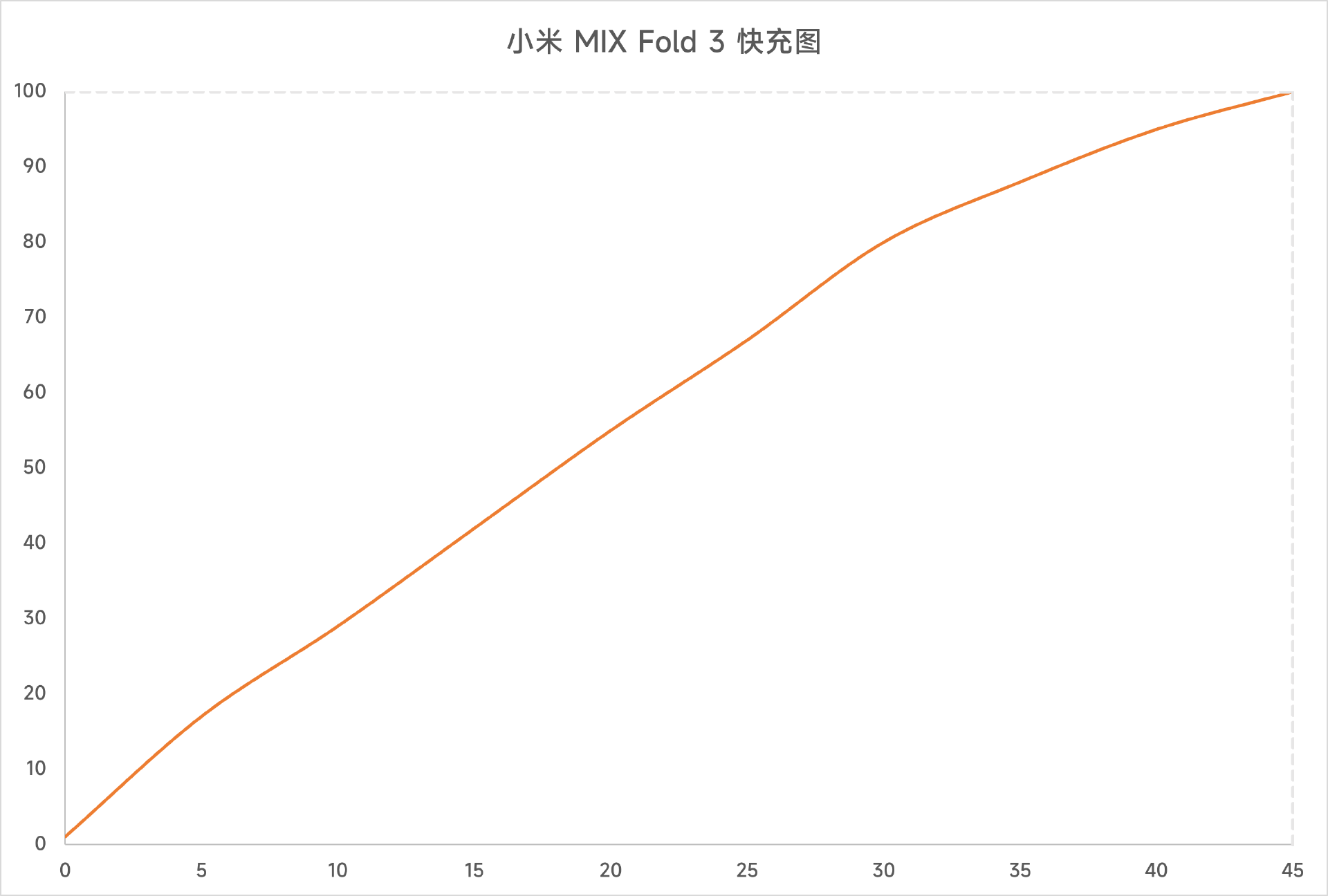
In terms of battery life, the Xiaomi MIX Fold 3 is more of a filler, as its positioning talks about, it's an addition to the experience dimension, such as increasing the battery capacity by a small amount and aligning the wireless charging, so clearing up the pain points is the main focus, but there's no way to continue to bring surprises on the fast charging front.
Some small details, as well as the summary
Seeing this, it's easy to see that the Xiaomi MIX Fold 3 is a somewhat contradictory model. At first glance, it is clear that the previous generation is still focusing on thin and light, but this generation is not rolled thin and light, and focus on the so-called flagship configuration, and ultimately the logical weight of nearly 260g makes it even look a little bit of "treachery" in this era, and the least of which is "unambitious". "The most important thing is that it's not progressive.
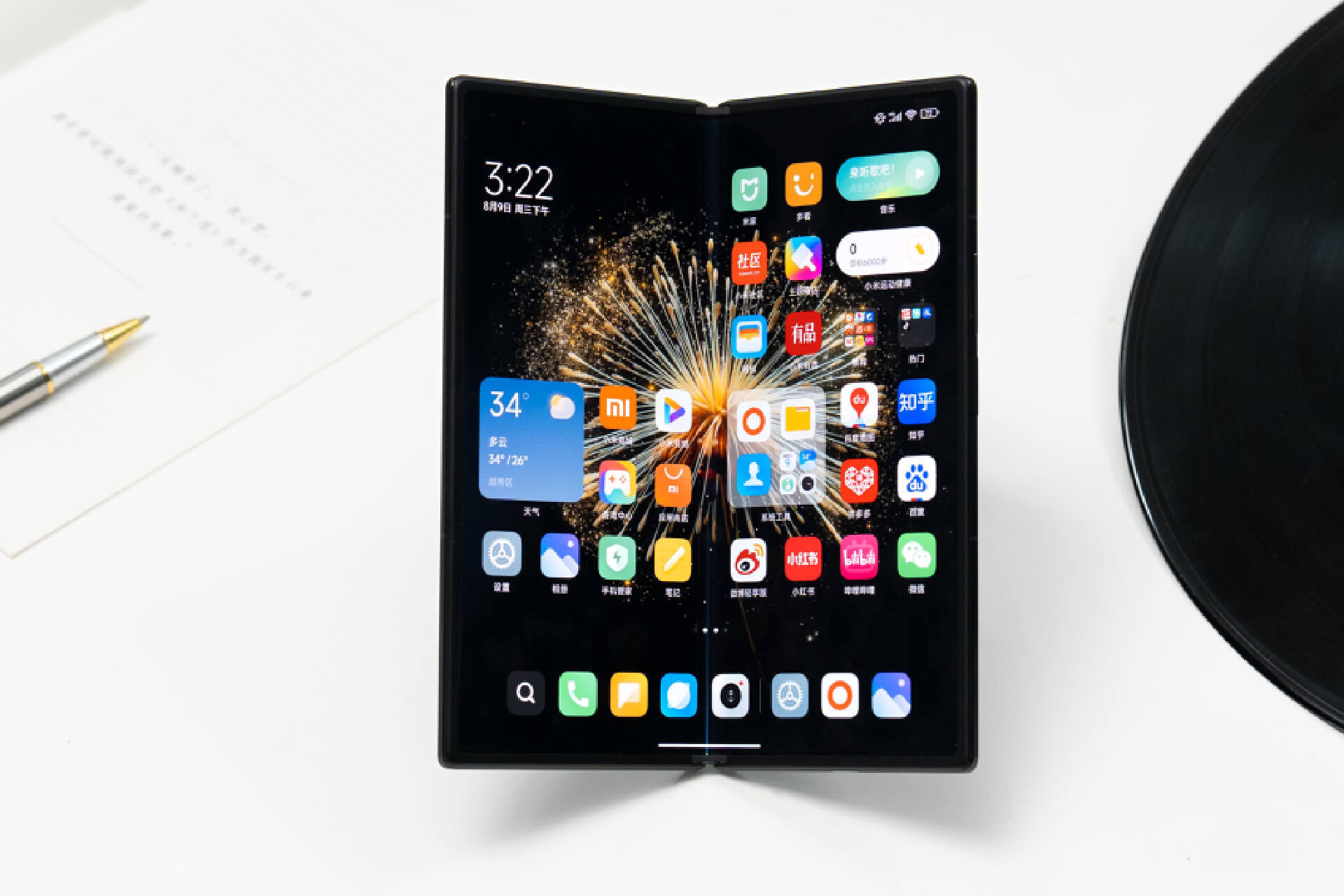
But is that really the case?
We can see that in the body of a little weight reduction, Xiaomi MIX Fold 3 has created a lot of breakthroughs, such as more durable (even dare to publicize their own drop resistance) pivot, with wireless charging, larger battery and play a better performance, and so on, and even used a better than its own digital flagship of the full focal range of the Leica Quad Camera.
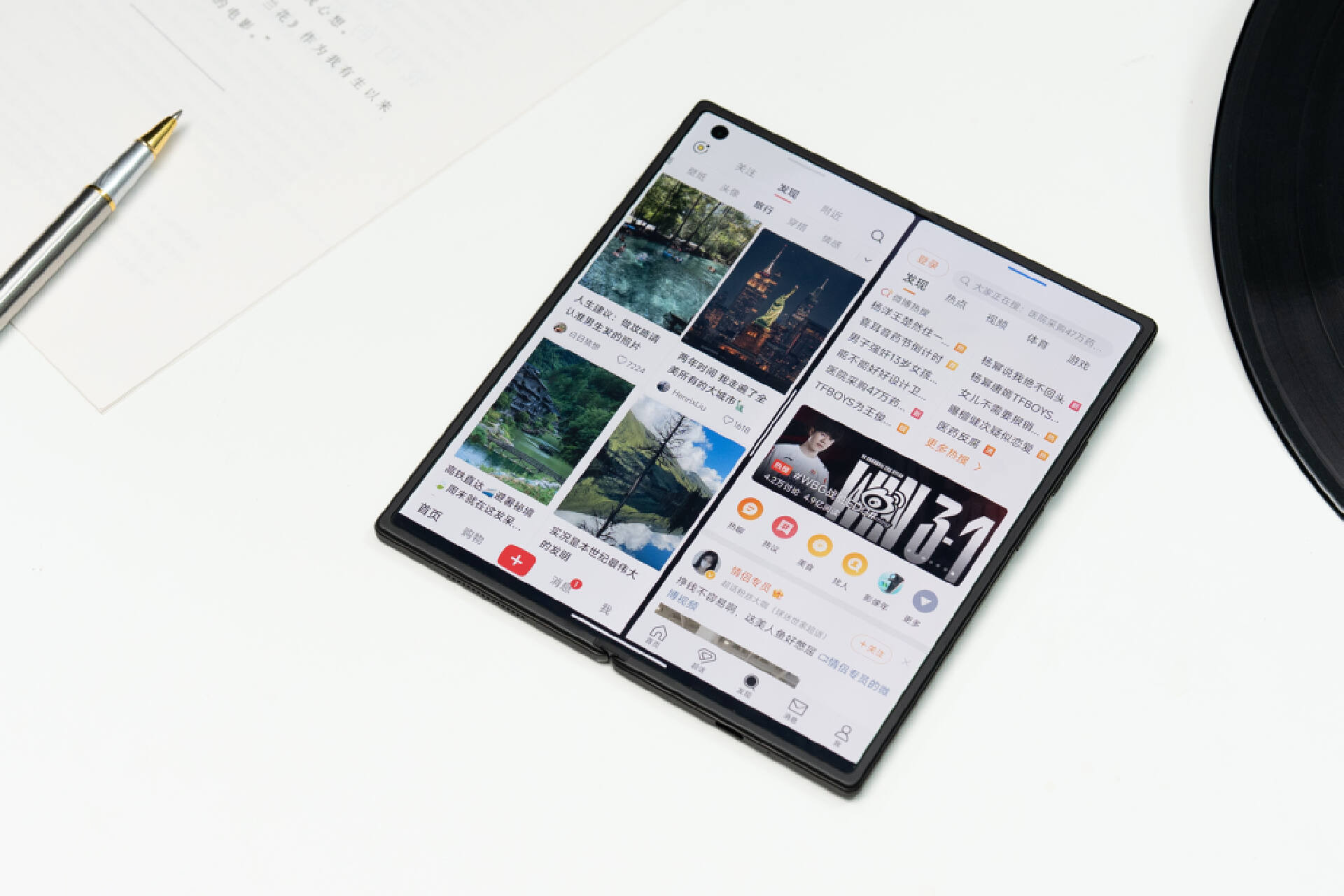
The Xiaomi MIX Fold 3 is a return to the "flagship experience" that Xiaomi is talking about, as it manages to slim down and reduce weight while delivering a full upgrade without the grooves. It has even made some detailed improvements to the system, such as the return of a full range of personalized themes, rather than just a limited selection of themes; such as equipped with the X-axis linear motor, and also changed the previous generation of "vibration" back to "touch".
Xiaomi MIX Fold 3 realizes almost everything that "should have been there" and creates as good an experience as possible. With this in mind, it's a great foldable flagship, if not the "thinnest".

